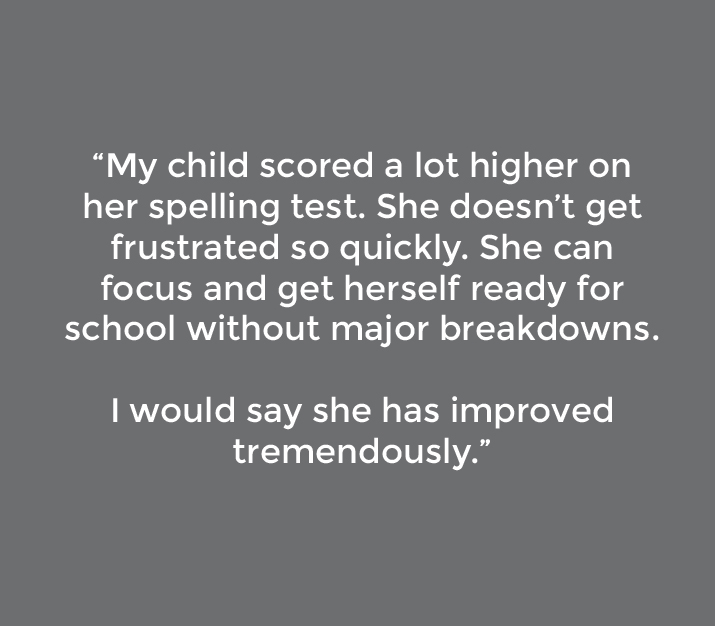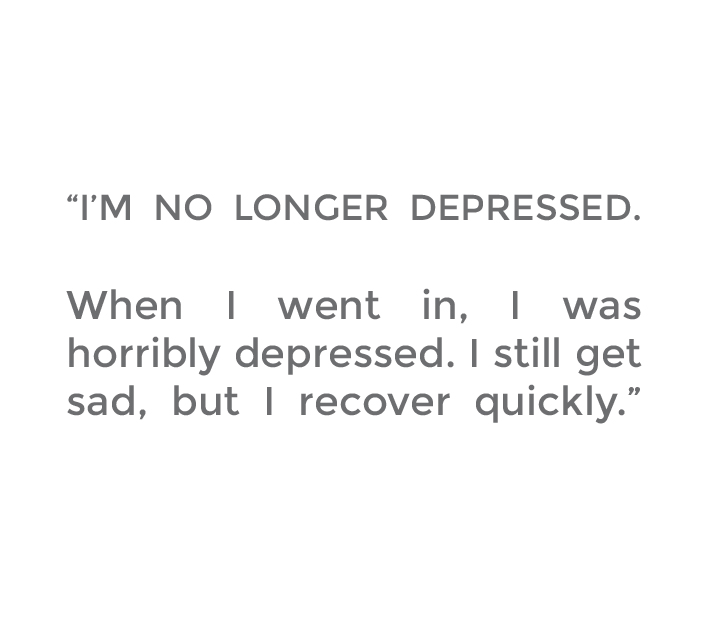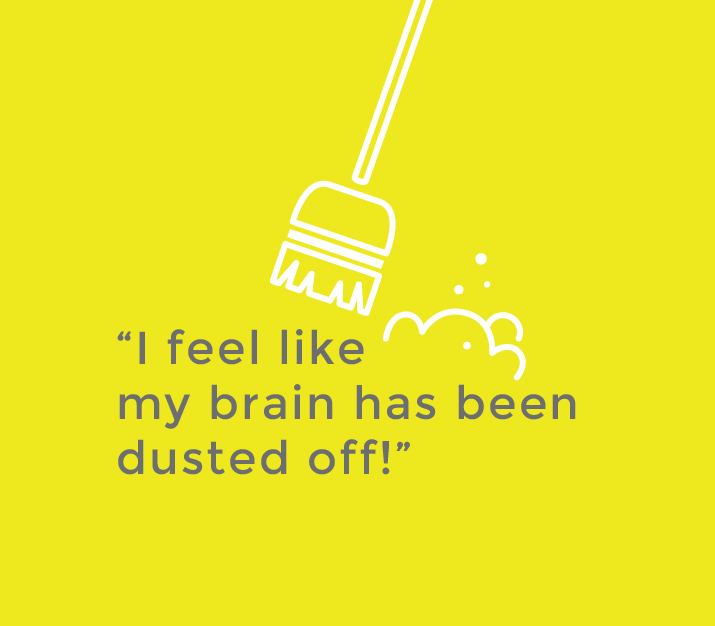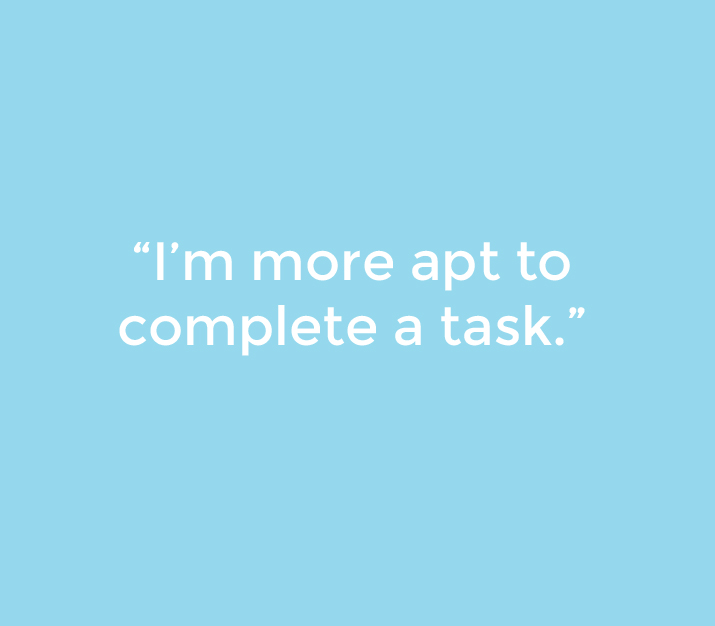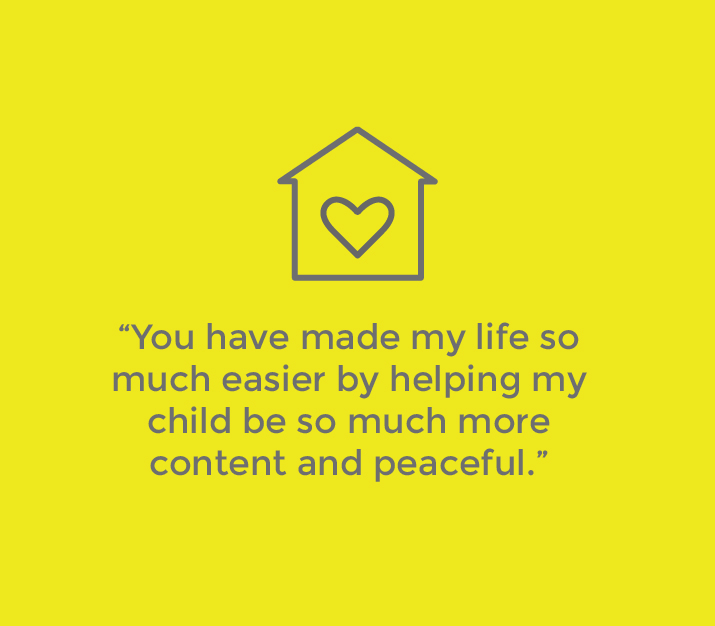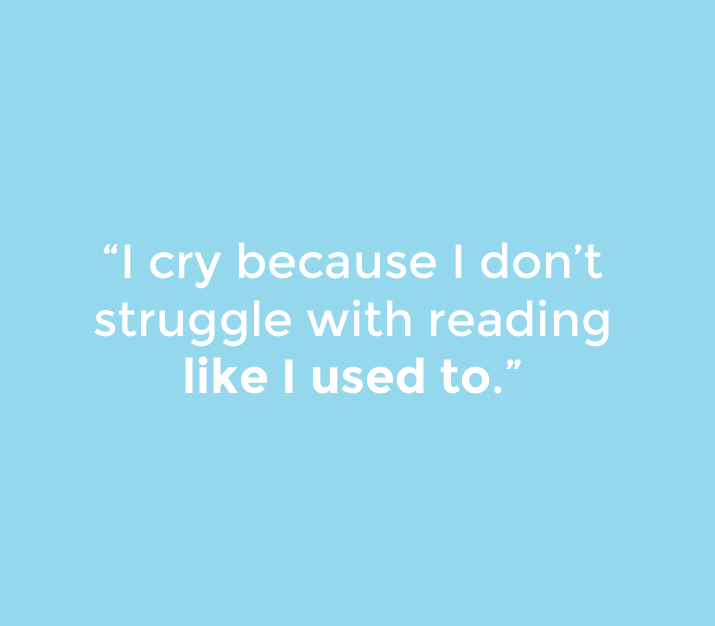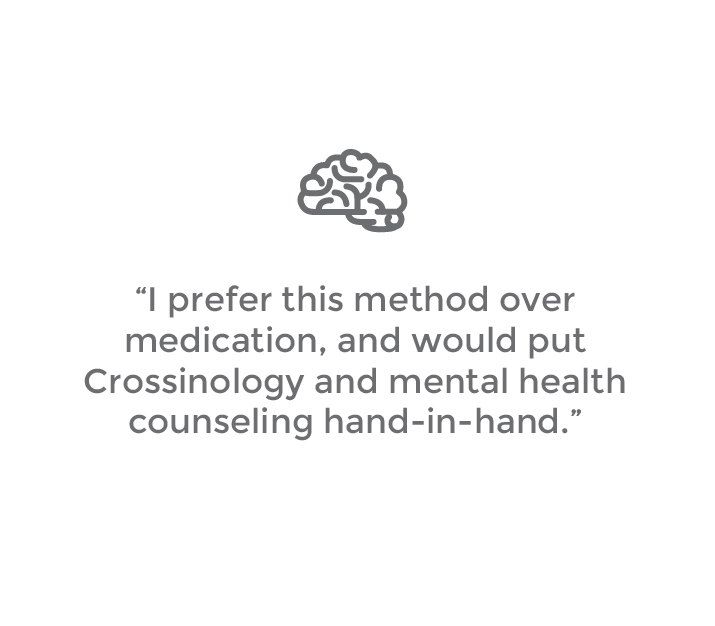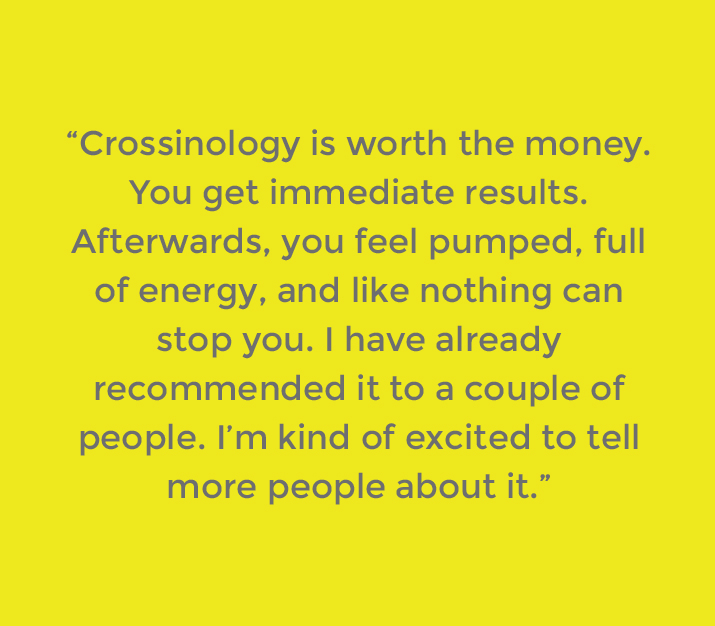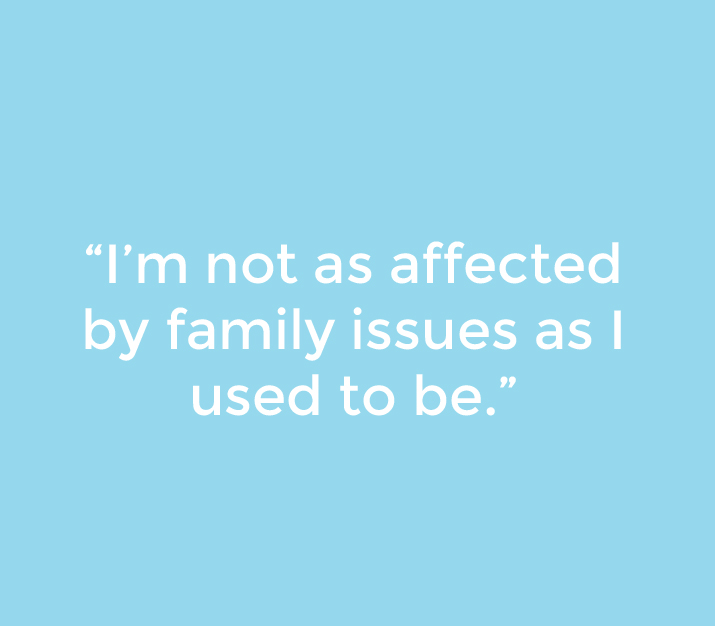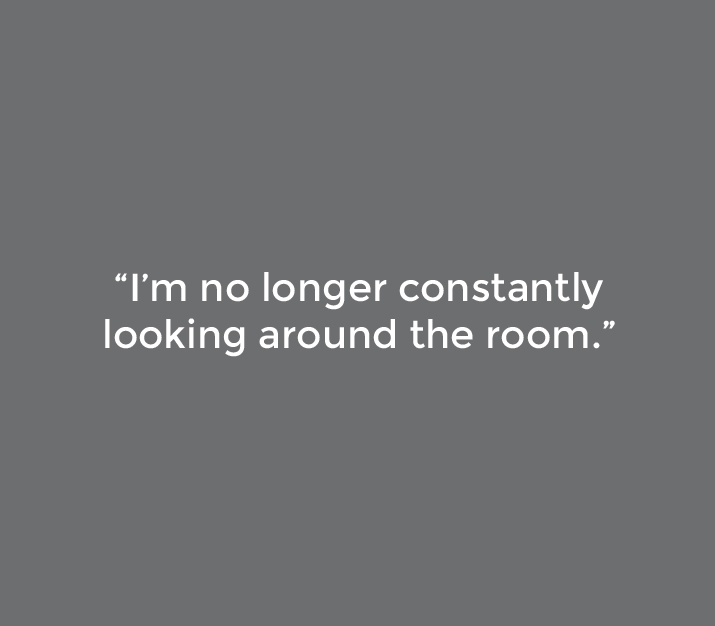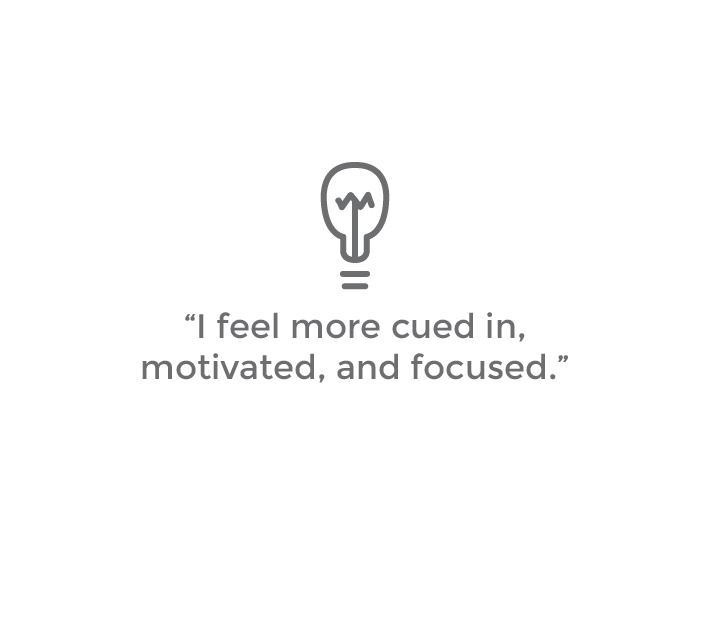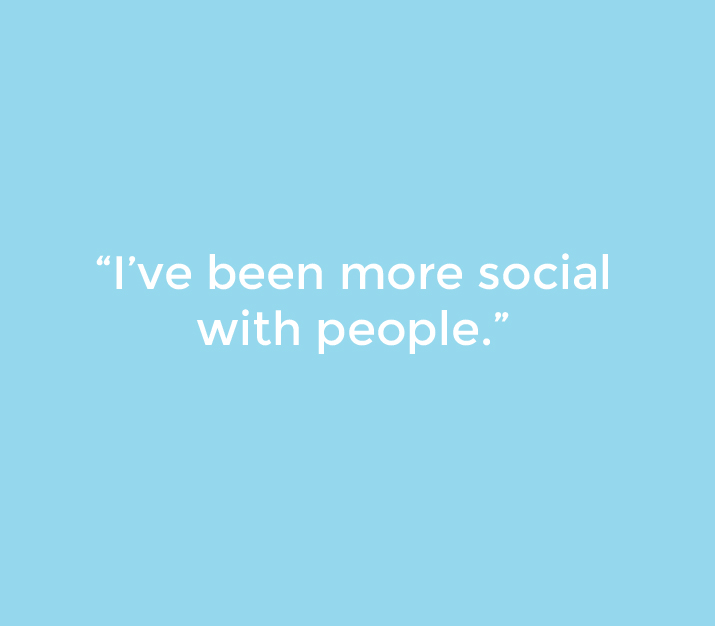Learning Disorders, Backwards Bicycles, and Deep Level Switching - Crossinology Brain Integration
/What is it they say about riding a bicycle? You never forget? Well, it seems that @SmarterEveryDay might have proved otherwise:
What exactly does a backwards bicycle have to do with brain integration? Just like the reversed handlebars, many learning disabilities are influenced by the brain processing information backwards. Did you notice Destin’s comments about people watching him ride?
“Looking at the American that can’t ride a bike because they think I’m dumb.”
How about, “I tried to explain this to the people around me and they just didn’t get it - they thought I was faking.”
How many children with learning disabilities have been labeled as “dumb” when they can’t process it, or “faking” when they finally do? In reality, many of these kids are very intelligent and excellent at other tasks.
The first major correction completed in a brain integration session is to address something called deep level switching (DLS). What does this mean exactly? How does it affect your child’s ability to learn and function?
Looking back on my blog post about the logic and gestalt sides of the brain, I described how each side of the brain had primary functions. In most cases, a particular function in one side of the brain has an opposite yet complementary function on the other side of the brain. For example, both hemispheres of the brain are used in reading: the logic assigns meaning to words while the gestalt interprets what it sees (recognizes words and letters.)
When DLS occurs in the brain, information is sent to the wrong area of the brain initially. The eyes might send the image of letters to the logic side of the brain. Logic has no idea what to do with the information, so it sends the information to Gestalt through another part of the corpus callosum. Once Gestalt processes the information, it can then communicate with Logic to complete the task of reading. At minimum, there is a time delay because of the extra transfers of information made.
The second thing completed in a brain integration session is to activate the corpus callosum. By the way, what is the corpus callosum? It’s actually what connects the left and right hemispheres of the brain - hundreds of thousands of fibers crossing the center of your brain that act like network cables transferring information.
Now let’s go back to our example of our buddies, Logic and Gestalt, mixing up their signals and sending information back and forth. What happens when the corpus callosum isn’t working like it should? Every time information is transferred, some of it is lost. After a few trips through the corpus callosum, quite a bit of the original message is gone or garbled. It’s no wonder that learning is difficult for a child who has this going on inside his or her head.
The Crossinology Brain Integration technique effectively addresses these two malfunctions in the brain, among others, in as little as eight to 12 hours. The most rewarding part of being a practitioner is hearing back from parents who tell me how much better school is going for their child after getting integrated. If you’ve had a chance to try it out, share your experience here!





